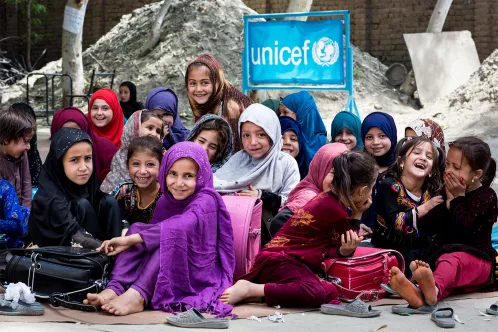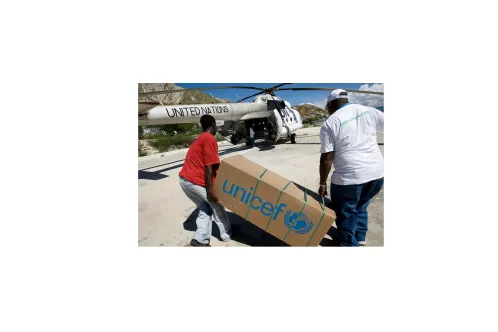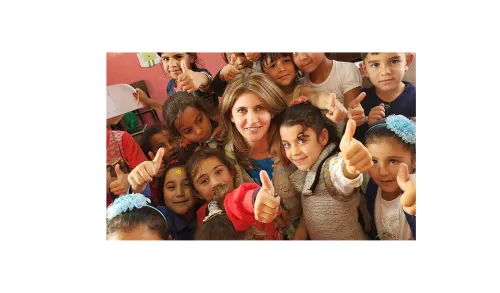Emergency Response
In conflict and disaster, children suffer first and suffer the most.
Today, 1 in 4 of the world’s children lives in a conflict or disaster zone — a fact that should shake each of us to our core. Sadly, the number of countries experiencing conflict is at its highest point since the adoption of the Convention on the Rights of the Child in 1989.
Children are facing an uncertain future. Which is why UNICEF is there to support them during an emergency or a crisis and remains long after to help children, families and communities rebuild their lives.
How many children in emergencies did UNICEF help in 2019?
UNICEF deploys resources where they are needed most – helping children survive and realize their rights to be safe, to be healthy and to be educated.
Saving Lives
The impact you helped us make in the first 8 months of 2019
Want to know more about the impact of your donations for children in emergencies?
Who are the children caught in emergencies?
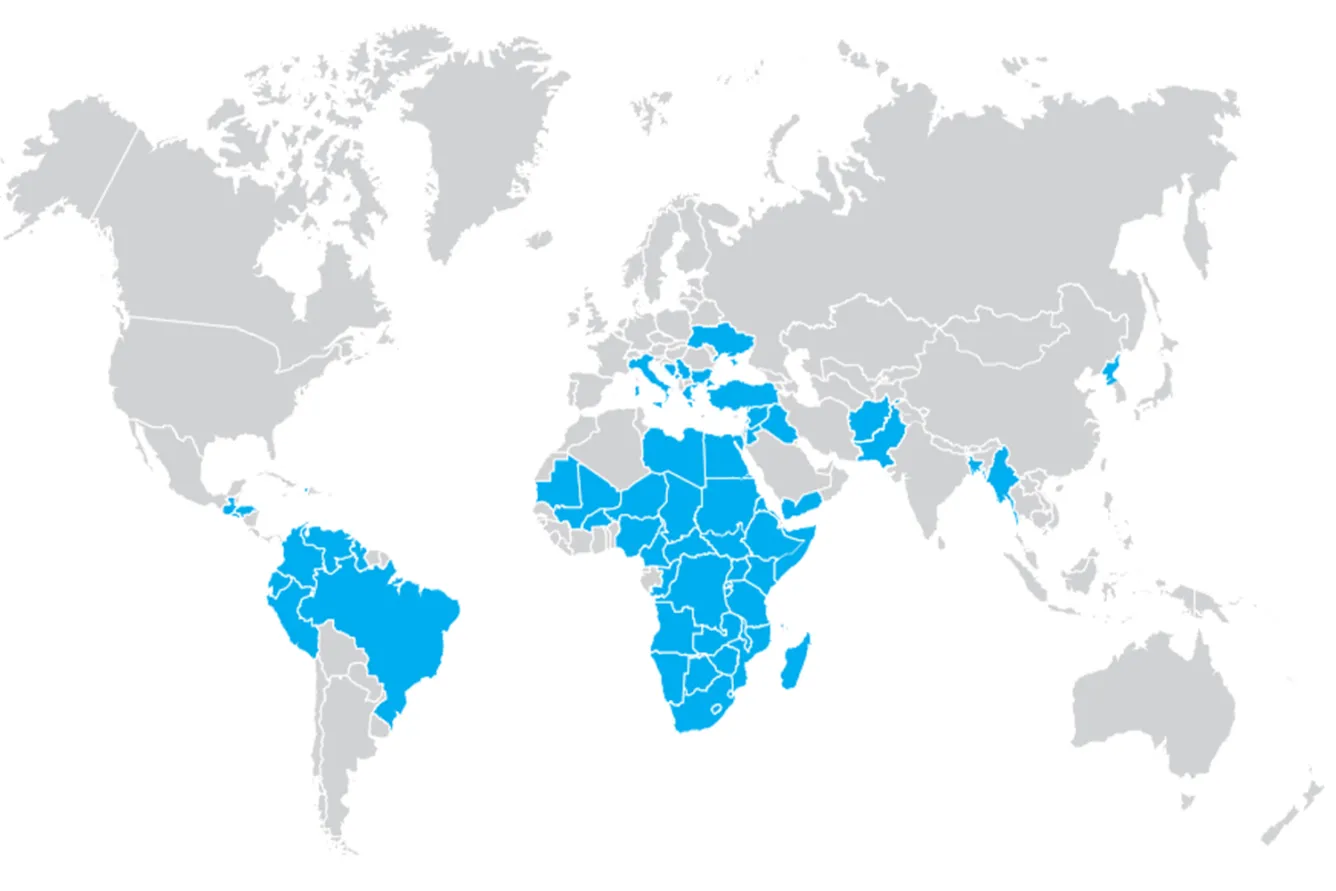
Countries requiring funding in 2020. This map is stylized and not to scale. It does not reflect a position by UNICEF on the legal status of any country or area or the delimitation of any frontiers. The dotted line represents approximately the Line of Control agreed upon by India and Pakistan. The final status of Jammu and Kashmir has not yet been agreed upon by the Parties. The final boundary between the Sudan and South Sudan has not yet been determined.
Conflict remained the main driver of humanitarian needs in 2019. Extreme weather events, hunger and infectious diseases continue to drive many people to seek and depend on emergency aid.
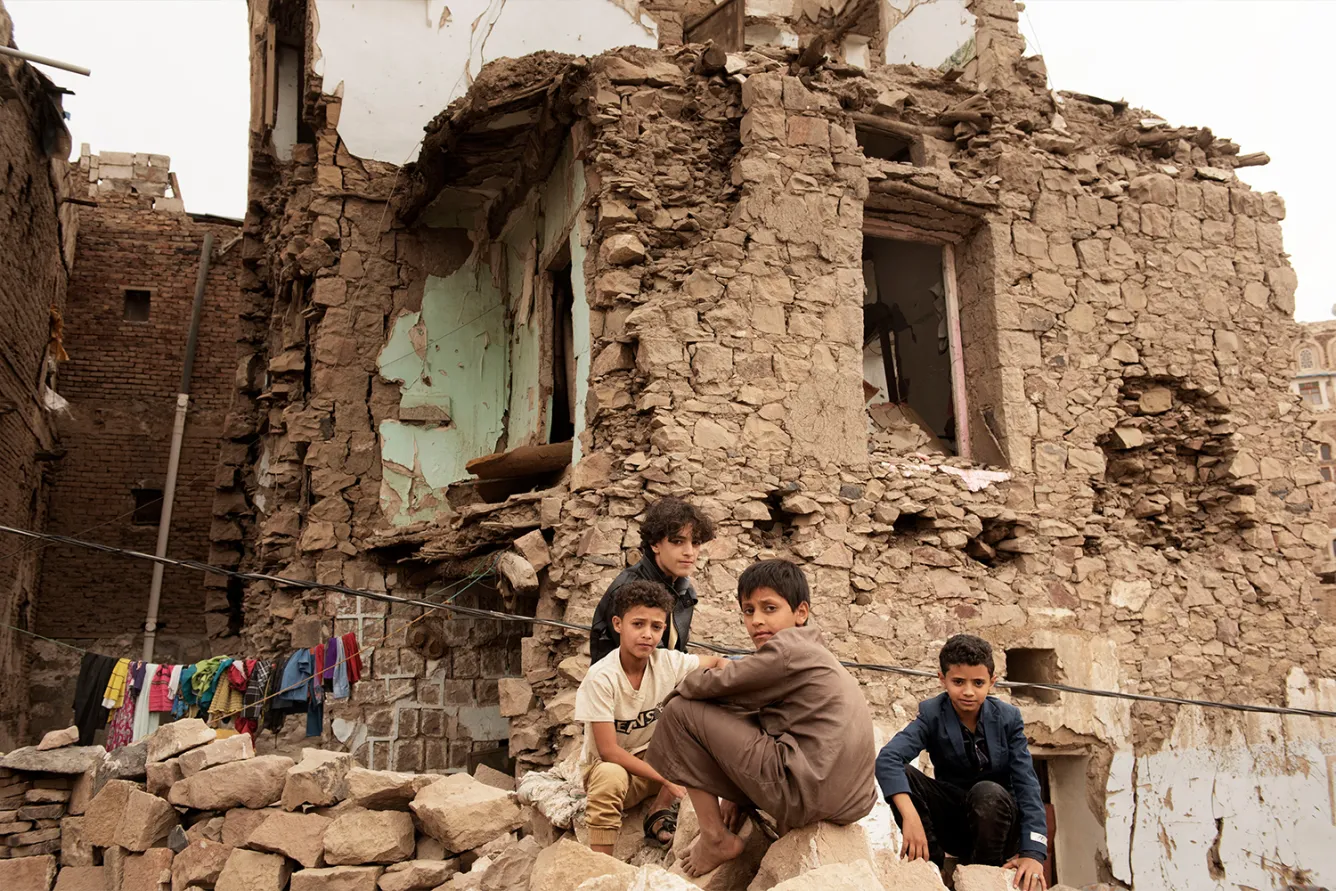
Conflicts
Children continue to pay the heaviest price of conflicts that have dragged on for years – such as those in Afghanistan, Libya, Mali, Nigeria, Somalia and South Sudan.
- Nearly nine years of war in the Syrian Arab Republic have left 5 million children in need and more than 2.5 million children living as refugees outside of the country.
- More than four years of conflict in Yemen have created the world’s worst humanitarian crisis.
- 1.2 million children in the Central African Republic desperately need help after six years of war.
- Around the world, more than 30 million children have been forced to flee their homes because of conflict. Many of them are being enslaved, trafficked, abused and exploited.
Climate Change
Extreme weather events are creating more frequent and destructive natural disasters worldwide.
More than half a billion children live in areas with frequent extreme flooding while almost 160 million are in areas with increasingly severe droughts. People in the Sahel, where livelihoods rely on agriculture, grazing and fishing, are especially vulnerable to the effects of climate change.
Disease Outbreaks
Diseases such as Ebola and measles are also re-emerging, often in conflict zones.
These highly contagious illnesses further complicate humanitarian responses in places where access is increasingly restricted such as in the Democratic Republic of the Congo, where the current Ebola outbreak is the world’s second largest and deadliest on record.
How does UNICEF decide where to spend funding?
UNICEF is guided by our annual Humanitarian Action for Children report. It is our global appeal that aims to assist 59 million children in 64 countries in the coming year. To achieve this, UNICEF is appealing for US$4.2 billion to provide life-saving humanitarian assistance to children and their families living through conflict, natural disasters and other emergencies.
Download the 2020 UNICEF Humanitarian Action for Children Report here »
UNICEF constantly innovates to make a sustained impact, strengthening the links between humanitarian action and longer-term development work. Whether UNICEF is training local community members, rehabilitating and upgrading water and sanitation systems or building the long-term capacity of governments and partners, we ensure the impact of our interventions lasts years.
UNICEF’s priorities for children in emergencies for 2020
Humanitarian action is at the core of UNICEF’s mandate to realize the rights of every child. We aim to scale up emergency preparedness and response, effectively deliver humanitarian assistance to the most vulnerable, address children’s rights and to protect them from violence, abuse and exploitation.
In 2020, UNICEF will continue to ensure that it reaches the most vulnerable people, including children, women and persons with disabilities.
Saving Lives
The impact you can help us make in 2020
Children and young people affected by crises are calling for concrete action to protect and promote their rights now and into the future. We cannot answer their call without you. Please donate to our emergency fund now.
Date Updated: December 4, 2019

